Behavior Analysis for Assisted Living
(2010)
Journal Article
Monekosso, D. N., & Remagnino, P. (2010). Behavior Analysis for Assisted Living. IEEE Transactions on Automation Science and Engineering, 7(4, SI), 879-886. https://doi.org/10.1109/tase.2010.2049840
Outputs (79)
Contourlet Transform and Support Vector Machines for Image Analysis and Processing (2010)
Presentation / Conference Contribution
Katsigiannis, S. (2010, October). Contourlet Transform and Support Vector Machines for Image Analysis and Processing. Presented at 1st International Conference for undergraduate and graduate students in Informatics and Related Applications (EUREKA! 2010), Patras, Greece
A Classifier based Approach for the Detection of Potential Threats in CT based Baggage Screening (2010)
Presentation / Conference Contribution
Megherbi, N., Flitton, G., & Breckon, T. (2010, September). A Classifier based Approach for the Detection of Potential Threats in CT based Baggage Screening. Presented at Proc. International Conference on Image Processing
Object Recognition using 3D SIFT in Complex CT Volumes (2010)
Presentation / Conference Contribution
Flitton, G., Breckon, T., & Megherbi, N. (2010, September). Object Recognition using 3D SIFT in Complex CT Volumes. Presented at Proc. British Machine Vision Conference
Can we evaluate the quality of software engineering experiments? (2010)
Presentation / Conference Contribution
Kitchenham, B., Sjøberg, D. I., Brereton, O. P., Budgen, D., Dybå, T., Höst, M., Pfahl, D., & Runeson, P. (2010, September). Can we evaluate the quality of software engineering experiments?. Presented at ESEM 2010 - 2010 ACM-IEEE International Symposium on Empirical Software Engineering and Measurement, Bolzano-Bozen, ItalyContext: The authors wanted to assess whether the quality of published human-centric software engineering experiments was improving. This required a reliable means of assessing the quality of such experiments. Aims: The aims of the study were to conf... Read More about Can we evaluate the quality of software engineering experiments?.
Computing sharp 2-factors in claw-free graphs (2010)
Journal Article
Broersma, H., & Paulusma, D. (2010). Computing sharp 2-factors in claw-free graphs. Journal of discrete algorithms, 8(3), 321-329. https://doi.org/10.1016/j.jda.2009.07.001In a previous paper we obtained an upper bound for the minimum number of components of a 2-factor in a claw-free graph. This bound is sharp in the sense that there exist infinitely many claw-free graphs for which the bound is tight. In this paper we... Read More about Computing sharp 2-factors in claw-free graphs.
Computing role assignments of chordal graphs (2010)
Journal Article
Hof, P. V. '., Paulusma, D., & Rooij, J. V. (2010). Computing role assignments of chordal graphs. Theoretical Computer Science, 411(40-42), 3601-3613. https://doi.org/10.1016/j.tcs.2010.05.041In social network theory, a simple graph G is called k-role assignable if there is a surjective mapping that assigns a number from {1,…,k}, called a role, to each vertex of G such that any two vertices with the same role have the same sets of roles a... Read More about Computing role assignments of chordal graphs.
Systematic Literature Reviews in Software Engineering -- A Tertiary Study (2010)
Journal Article
Kitchenham, B., Pretorius, R., Budgen, D., Pearl Brereton, O., Turner, M., Niazi, M., & Linkman, S. (2010). Systematic Literature Reviews in Software Engineering -- A Tertiary Study. Information and Software Technology, 52(8), 792-805
Sketching-Based Skeleton Generation (2010)
Presentation / Conference Contribution
Zheng, Q., Li, F. L., & Lau, R. (2010, December). Sketching-Based Skeleton Generation. Presented at 2010 3rd IEEE International Conference on Ubi-Media Computing (U-Media 2010), Jinhua, ChinaArticulated character animation can be performed by manually creating and rigging a skeleton into an unfolded 3D object. Such tasks are not trivial, as it requires a substantial amount of training and practices. Although methods have been proposed to... Read More about Sketching-Based Skeleton Generation.
An Adaptive Course Generation Framework (2010)
Journal Article
Li, F., Lau, R., & Dharmendran, P. (2010). An Adaptive Course Generation Framework. International Journal of Distance Education Technologies, 8(3), 74-85. https://doi.org/10.4018/jdet.2010070104Existing adaptive e-learning methods are supported by student (user) profiling for capturing student characteristics, and course structuring for organizing learning materials according to topics and levels of difficulties. Adaptive courses are then g... Read More about An Adaptive Course Generation Framework.
